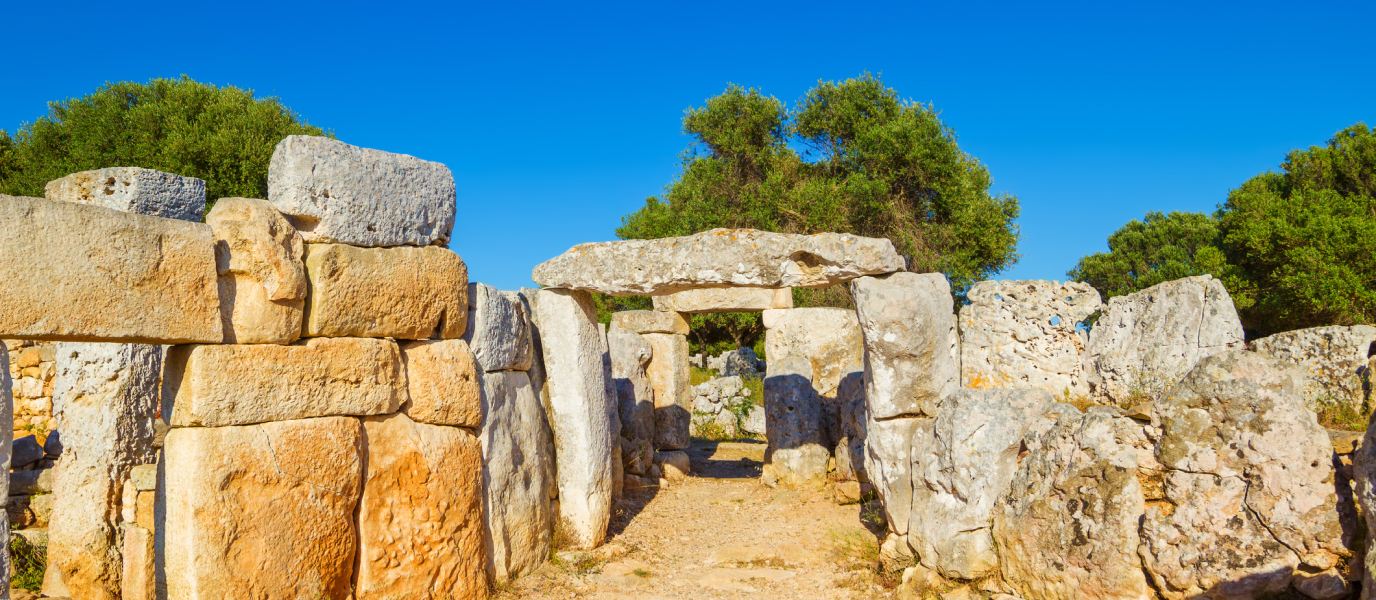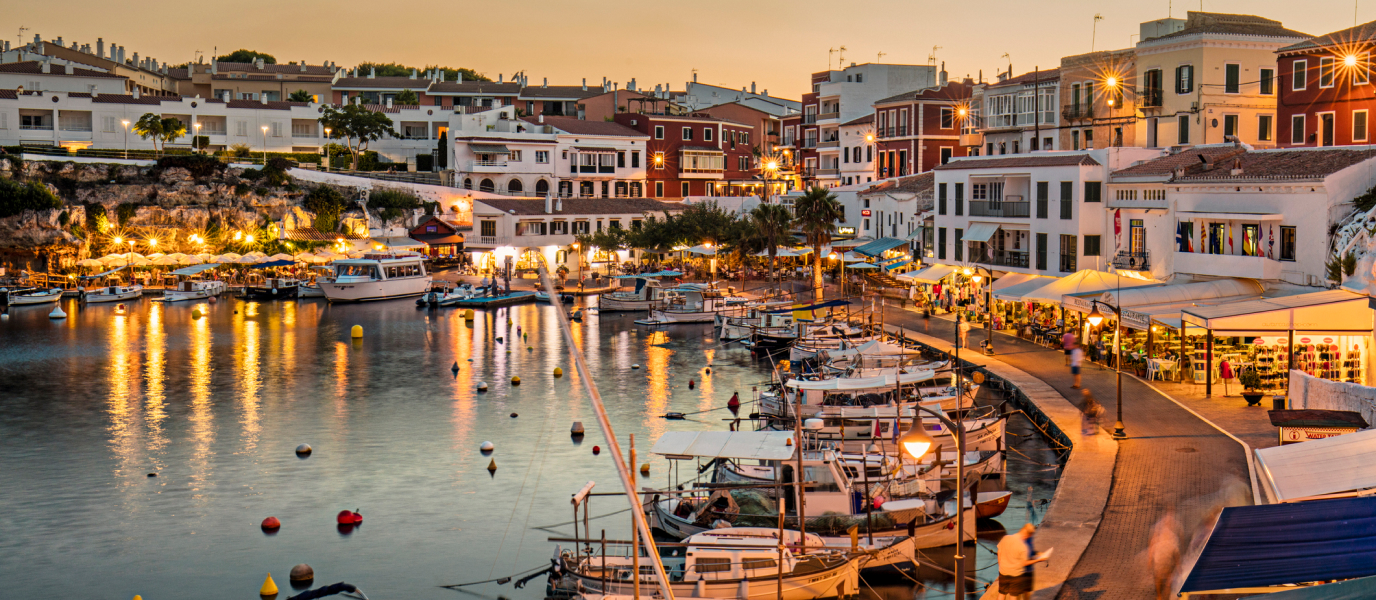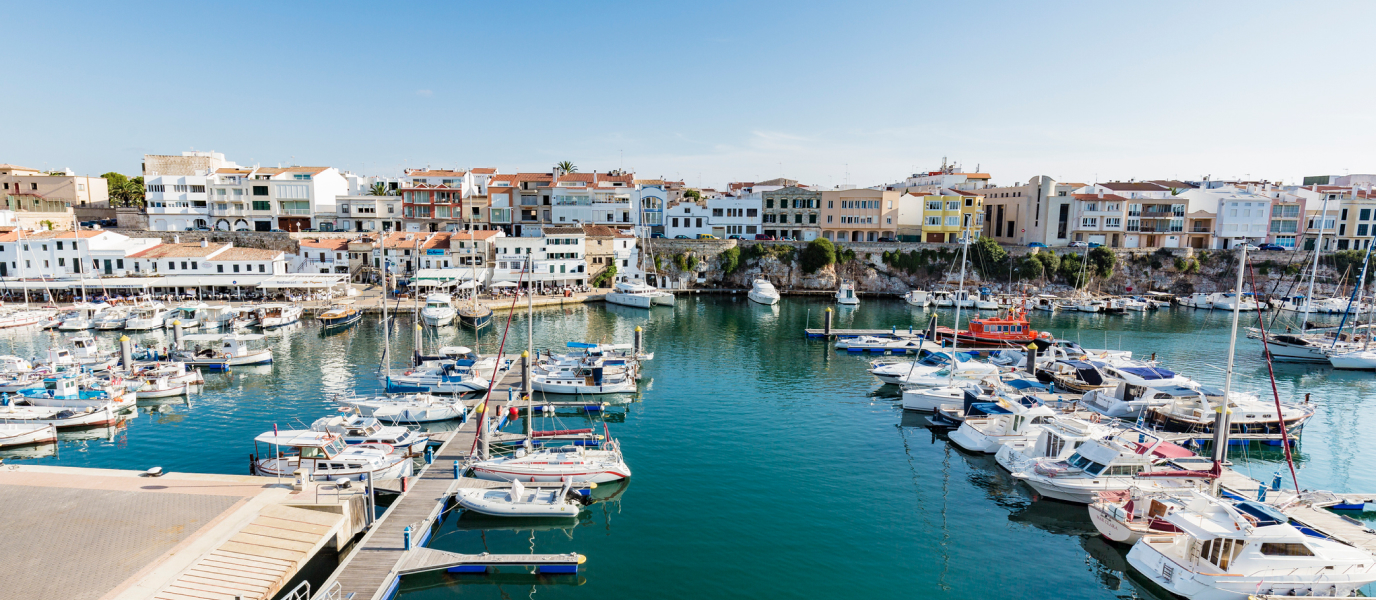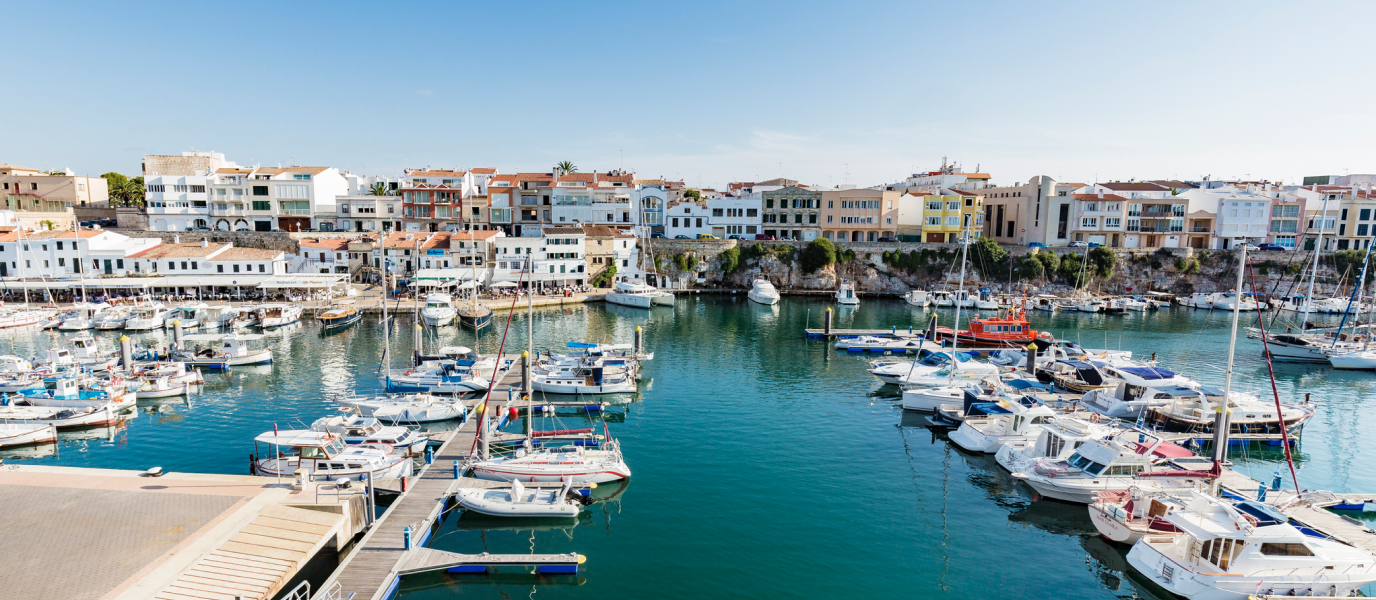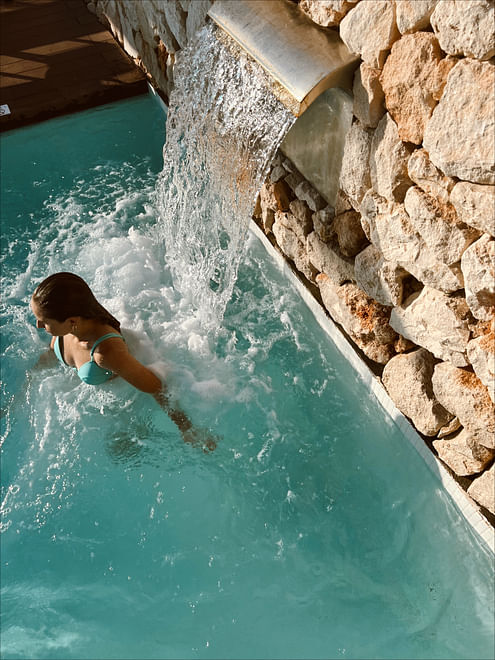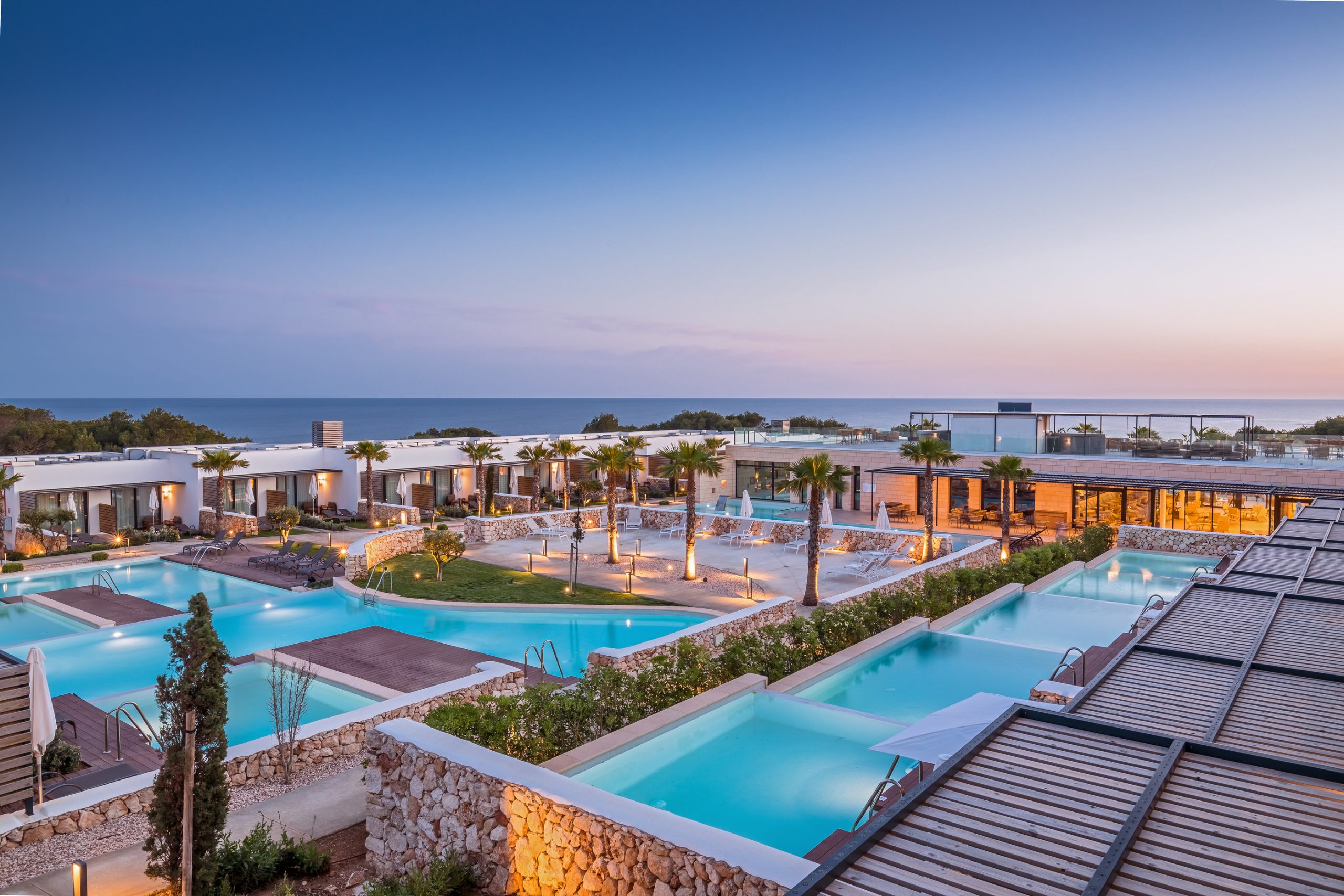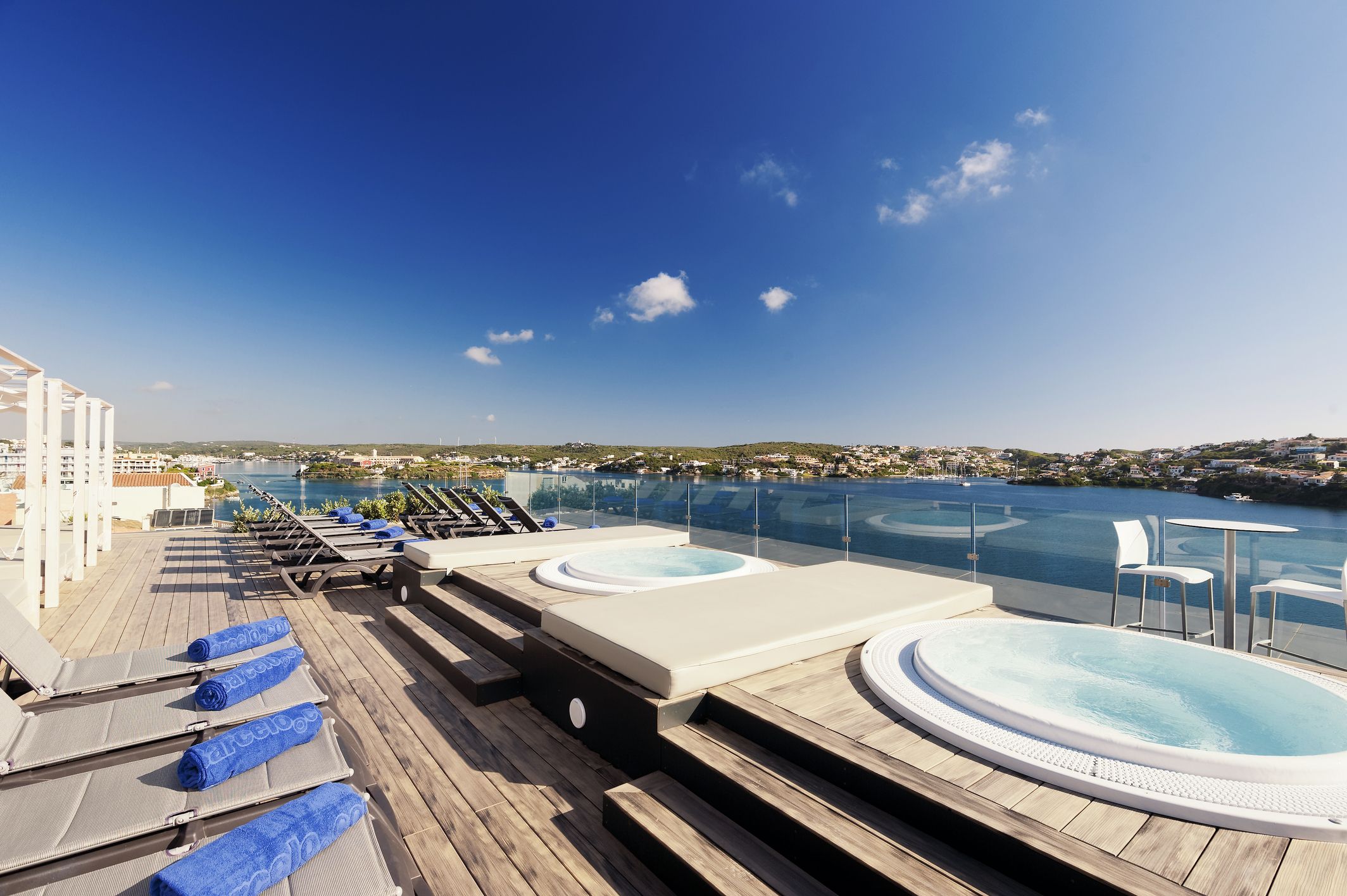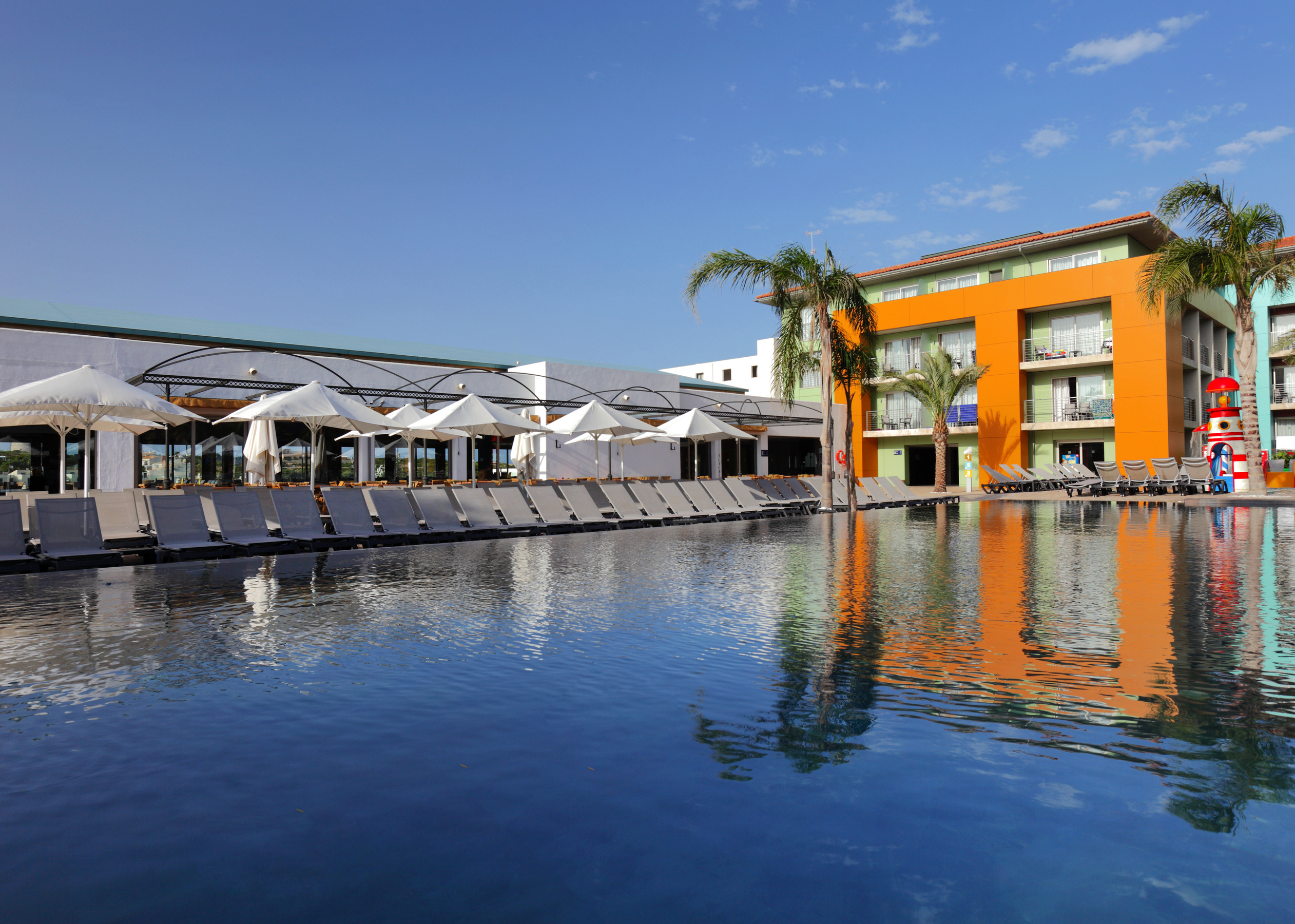If you’re going on a trip to Minorca, you may be interested to know a little more about the island’s historic inhabitants. The Talayotic culture is the term used to refer to a period in the pre-history of the Balearic Islands, the archaeological remains of which grant us an insight into that age.
In Alaior, one of the eight municipalities into which the island is organised for administrative purposes, is Torre d’en Galmés, the largest preserved settlement from that period. Discovered during the final years of the nineteenth century, this settlement on a peak which commands a panoramic view of Minorca’s south coast boasts a significant number of megalithic monuments.
Along with 31 other Talayotic settlements on the island, Torre d’en Galmés is under consideration for the status of World Heritage Site by UNESCO. A visit to the site is a fantastic opportunity to learn about the various stages of Minorca’s history. This is why the settlement is now open to the public, and why it houses an interpretation centre which aims to help visitors understand the archaeological remains.
A summary of the settlement’s history
As we mentioned earlier, archaeological studies undertaken at Torre d’en Galmés reveal that the settlement almost certainly emerged during Minorca’s Iron Age—i.e., between 1700 and 1400 BC. Its size and its location on a hill top suggest that this settlement enjoyed a certain strategic status in relation to the rest of the island.
There is evidence that settlement’s land and architectural structures have witnessed, and been used by, a long succession of different civilisations. Having been settled peacefully by the Phoenicians and the Phocians back in the sixth century BC, the island was subsequently subject to aggressive colonisation by the Carthaginians, who were responsible for building most of the structures we can visit today. Indeed, excavations carried out in 1974 unearthed a surprising find. A small, bronze figurine of the Egyptian wab-priest Imhotep was discovered in the area. This was taken as evidence of intense trading with Carthage.
During the second century BC, the Balearic Islands would be seized from the Carthaginians by the Republic of Rome. This was around the time when the settlement’s population was at its highest—900 people, according to the most recent studies. However, during the Middle Ages, the Torre d’en Galmés settlement fleetingly witnessed the presence of the Vandals, a Germanic people, before the Moors moved in and occupied the land. After the permanent reconquest in 1287 by the Christians, led by King Alfonso III of Aragon, the settlement began its long and unique story of abandonment and neglect.
What to see in Torre d’en Galmés today
On arrival at the Torre d’en Galmés settlement, visitors are met by the sight of three large, circular talayots, watchtowers constructed according to the ‘Cyclopean technique’—i.e., using large stones fitted together without cement or mortar. Incidentally, as these towers are the most commonly found prehistoric monuments on the island, their name was used to give the period the title of Talayotic.
Close to the talayots stands the taula [T-shaped stone monument], a stack of large, rectangular rocks resembling a table, which had a religious significance for the settlement’s original inhabitants. And on the hill top can be seen up to 27 domestic dwellings—circular, double-walled buildings—as well as a large number of caves carved out of the rock. The most important dwelling in this complex is known as the Cartailhac Circle, a building which still retains its roof, a courtyard with a corridor, an oven, and a square room.
On the southern side of the hill, is the Hypostyle Room—a room with columns—which appears to have been a storeroom or stable. Lastly, another of the site’s highlights is what little remains of the wall that protected the settlement, and the fascinating water collection system: a series of holes bored into the rock and linked by a network of channels.
It is worth mentioning that the area has plenty of picnic tables, which are perfect for eating or taking a rest when either hunger or tiredness strike.

























































